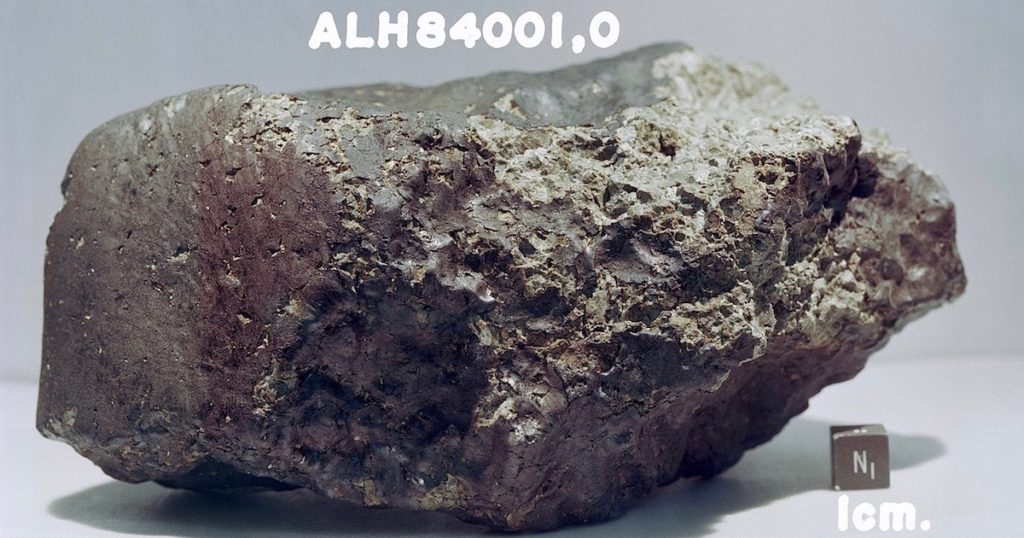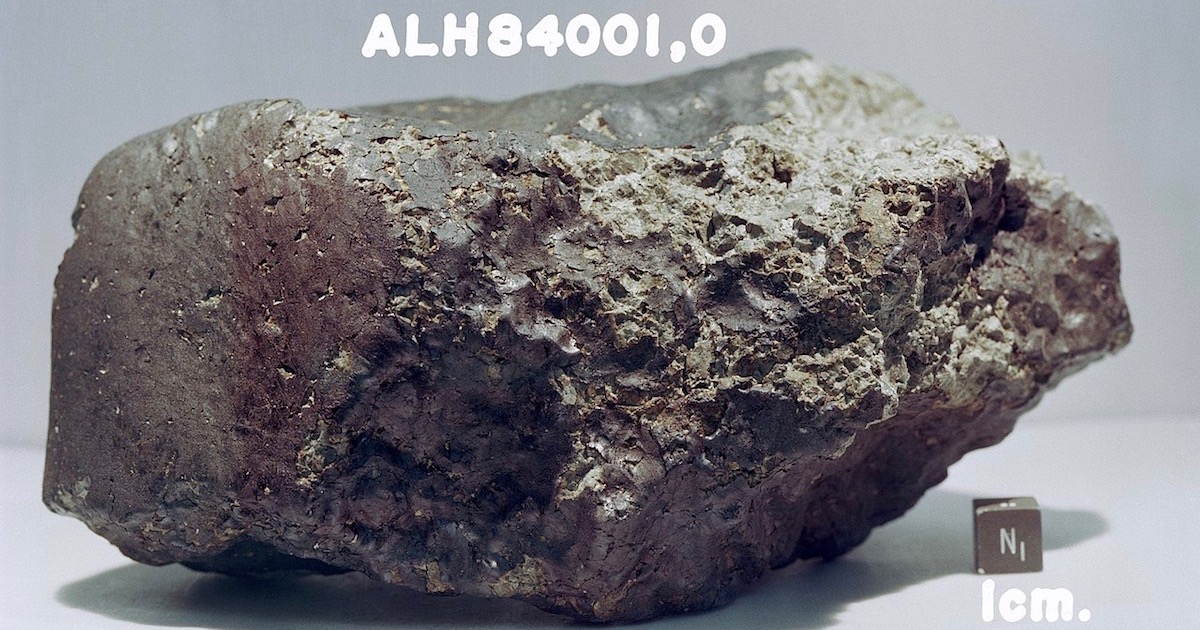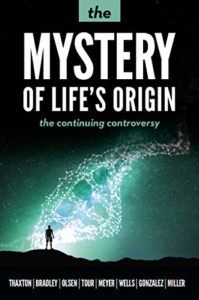 Physics, Earth & Space
Physics, Earth & Space
What Astrobiology Teaches about the Origin of Life


Editor’s note: As an alternative to what you are getting everywhere else now in the media, Evolution News is proud to offer inspiration, pointing to purpose and meaning in life. The profoundest mystery and thus the deepest inspiration is life itself. Discovery Institute Press has just published a greatly expanded edition of the 1984 classic of intelligent design science literature, The Mystery of Life’s Origin. Below is an excerpt adapted from a brand new chapter in the book. Dr. Gonzalez, the author of the chapter, is a Senior Fellow with the Center for Science & Culture. He received his PhD in Astronomy from the University of Washington and is a world-class expert on the astrophysical requirements for planetary habitability.
The modern era of astrobiology research began in 1995–96 with two momentous events: the discovery of the first planet around another Sun-like star (October 1995) and the announcement of evidence of ancient Martian life in the meteorite ALH84001 (July 1996). While the case for Martian life has not fared well in the intervening years, the field of exoplanetary research has exploded with discoveries.
 To be sure, there were astrobiologists before astrobiology became a “thing.” For example, as Jonathan Wells helpfully reviews in his chapter on the 1953 Miller-Urey experiment, geophysicists and geochemists chimed in on the composition of the early Earth’s atmosphere to evaluate the plausibility of the experiment. But the field of astrobiology leapt into prominence after the discoveries of 1995–1996, as the exciting prospect of being able to address the topic of life in the universe scientifically caused many scientists — myself included — to bring their specialties to bear on this new field.
To be sure, there were astrobiologists before astrobiology became a “thing.” For example, as Jonathan Wells helpfully reviews in his chapter on the 1953 Miller-Urey experiment, geophysicists and geochemists chimed in on the composition of the early Earth’s atmosphere to evaluate the plausibility of the experiment. But the field of astrobiology leapt into prominence after the discoveries of 1995–1996, as the exciting prospect of being able to address the topic of life in the universe scientifically caused many scientists — myself included — to bring their specialties to bear on this new field.
One of the main areas of research within astrobiology is the problem of the origin of life. It attracts scientists with backgrounds in astronomy, biochemistry, chemistry, geology, and atmospheric physics. Most astrobiologists working in this area are focused on the more narrow question of the origin of life on Earth.
In the following I will explore the current state of origin-of-life research from the perspective of astrobiology. I will review recent literature on the time window available for the origin of life on Earth, examine proposed scenarios, discuss the origin of life on other worlds in the solar system, and then end with a discussion of panspermia.
Time Window for the Origin of Life on Earth
In 1953 Harold Urey and Stanley Miller sought to create some of the simplest building blocks of life from a mix of gases they believed to have dominated in the early Earth’s atmosphere. The assumed setting was a “warm little pond” at some indeterminate time soon after Earth’s formation. Geological dates were not well known at the time of the Miller-Urey experiment, but this situation has much improved in the intervening years.
The Age of the Solar System
The age of the solar system is well dated at 4.5682 +/- 0.0003 billion years from radiometric analyses of primitive meteorites. Theoretical stellar evolutionary models of the Sun applied to its present observed properties yields an age of 4.569 to 4.587 billion years, depending on the model used. These estimates set a hard limit on the earliest date for the origin of life in the solar system.
Evidence from Rocks on Earth
The oldest dated rocks on Earth are 4.03 billion years old. Earth’s active geological and hydrological cycles have severely altered rocks from the Hadean (the period prior to ~4 billion years ago). However, tiny but tough zircon crystals can survive the violent geologic upheavals that destroy other rocks and crystals. What’s more, individual major geological events can cause zircons to grow rings, like a tree. Zircons have been described as “time capsules,” preserving in a datable time-ordered manner some of the earliest geologic events in Earth’s history. The oldest well-dated zircon crystal (from Western Australia) has an age of 4.374 +/- 0.006 billion years. The evidence from zircons has pushed back the period in the Hadean when Earth’s surface was a hot molten magma sea to before ~4.4 billion years ago. Given this, the “cool early Earth” theory has displaced the earlier view that Earth could not have been habitable prior to about 3.8 billion years ago, after which the bombardment from asteroids and comets declined from its prior high rate. The evidence from the zircons also implies the presence of continents and oceans as early as ~4.4 billion years ago.
The oldest undisputed fossil evidence for life dates to 3.47 billion years ago. Less convincing fossil and isotopic evidence dates back to 3.7 billion years ago. Given the extreme rarity and alteration of rocks from this period, it is difficult to place a firm date on the first life on Earth. It is possible that there is no surviving evidence anywhere on Earth of our planet’s first life.
But there may be evidence on the Moon.
Read the rest in The Mystery of Life’s Origin: The Continuing Controversy, from Discovery Institute Press.
Photo: Meteorite ALH84001 from Mars, by TK.
